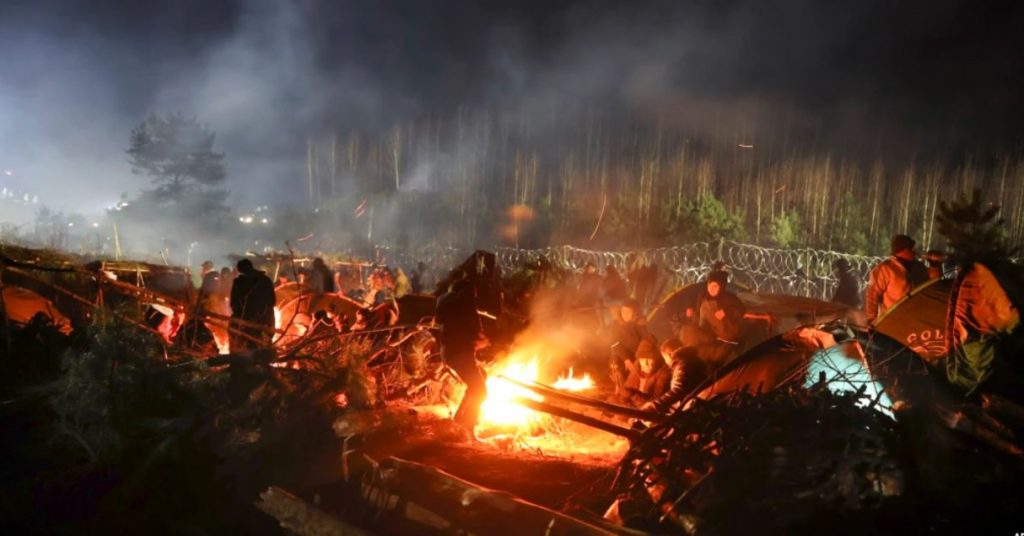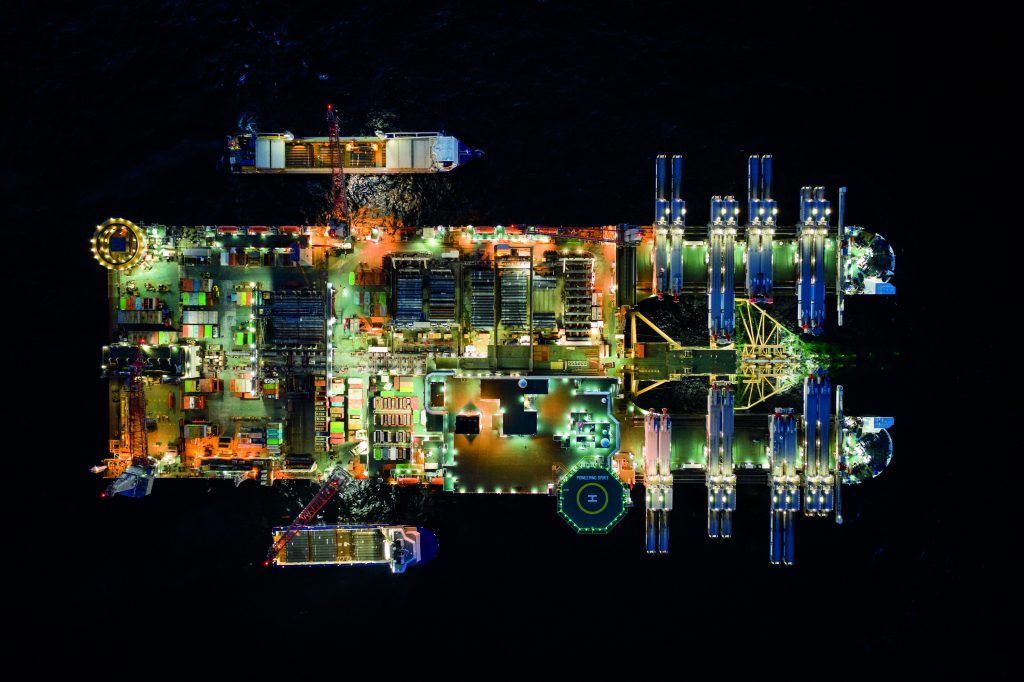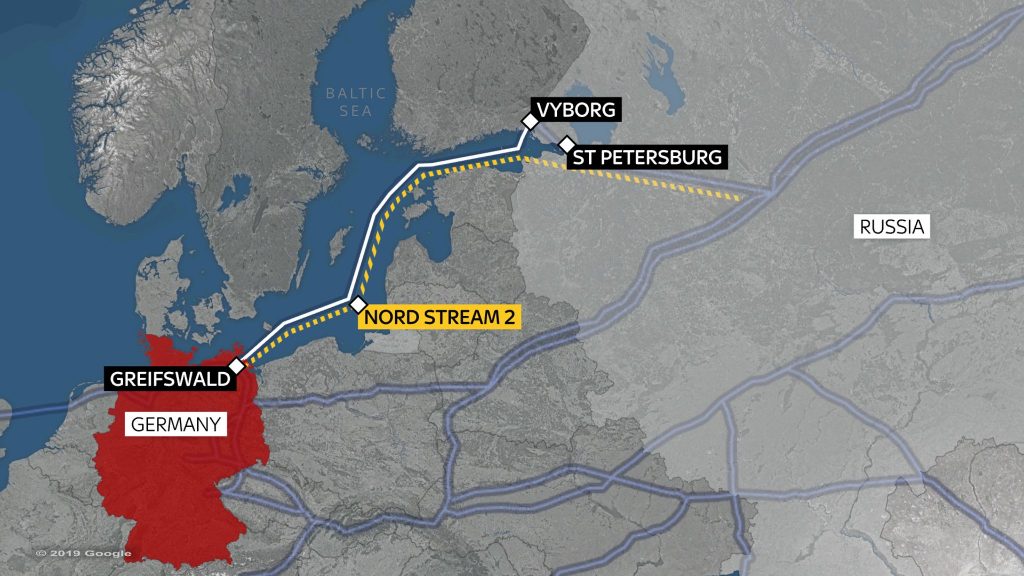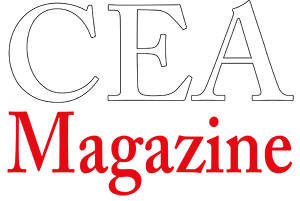In early November, Belarusian President Aleksander Lukashenko launched what many political observers have deemed a hybrid war. The strongman’s government opened their borders — allowing over 4,000 migrants, from Iraq, Syria, and Yemen, to recklessly, and even inhumanely, seek entrance into Poland, Lithuania, and Latvia.
Author: Jared Feldschreiber
The three European Union and NATO member countries have all since issued a state of emergency, accusing Lukashenko of “weaponizing human desperation by using asylum-seekers as pawns in reprisal for the EU’s imposing sanctions on Belarus for last year’s disputed elections. The election was widely seen as rigged,” as reported by Voice of America.
Polish National Defense Minister Mariusz Blaszczak stated the government has since sent in at least 12,000 troops to its border to stem the tide of this illegal migration. “We are ready to defend the country’s border together with the forces of the Interior Ministry,” Blaszczak tweeted last week. Poland’s government has repeatedly described the situation as an attempt to trespass on a border crossing by force.
The EU and NATO have described the inflow of asylum seekers as a “hybrid attack” launched by Belarus and Russia to destabilize the European Union. It has been perceived as retaliation by Lukashenko for crippling sanctions imposed on his regime following the 2020 disputed elections and his brutal crackdown on peaceful demonstrators. Hybrid warfare can best be defined as a military strategy that employs conventional warfare blending with irregular methods such as the use of false news coverage and election intervention.
Ursula von der Leyen, the President of the European Commission, emphatically stated that “this is not a migration crisis. This is the attempt of an authoritarian regime to try to destabilize its democratic neighbors.” Following her meeting with U.S. President Joe Biden last week, the EU agreed on new sanctions against Belarus “targeting everyone involved, in facilitating the transport of people to Belarus’s border with Poland where thousands are stuck in makeshift camps in freezing weather,” as reported by The Guardian.

Josep Borrell, the EU foreign policy chief, added that the decision on sanctions was uniformly reached by twenty-seven foreign ministries. It reflected “the determination by the European Union to stand up to the instrumentalization of migrants for political purposes,” said Borrell. While sanctions will not be felt for weeks to come, Borrell underscored, “we are going to approve a new package of sanctions against Belarusian people responsible for what’s happening. We are going to launch a framework to implement other sanctions on other people, airlines, travel agencies, and everybody involved in this illegal push of migrants in our borders.” Borrell made these comments before meeting with EU foreign ministers in Brussels.
“They’re scaring us with sanctions,” Lukashenko lashed back in response in a meeting with his officials. “We will defend ourselves. We cannot retreat.” While Lukashenko did not announce specific measures he would impose against the EU, he did threaten to cut off gas supplies to Europe via a pipeline from Russia. “If they impose additional sanctions on us… we must respond. We are heating Europe, and they are threatening us. And what if we halt natural gas supplies? Therefore, I would recommend the leadership of Poland, Lithuanians, and other empty-headed people to think before speaking,” added Lukashenko, as reported by the BBC.
U.S. Secretary of State Blinken spoke on Nov. 13 with Polish Foreign Minister Zbigniew Rau, “reaffirming America’s support for Poland in the face of the Lukashenko regime’s cynical exploitation of vulnerable migrants. The actions by the Lukashenko regime threaten security, sow division, and aim to distract from Russia’s activities on the border with Ukraine,” read a statement by the U.S. State Dept.
As of Nov. 17, several thousand migrants were stuck on the Belarusian-Polish border — many of whom are from Iraq seeking to cross by Poland to reach Germany. Even as journalists, along with NGOs and medics have been mostly barred from both sides of the border – though not entirely — video appeared to capture Polish security forces forced to use tear gas as migrants tried to cut through the razor-wire fence. “The current situation on the Belarusian-Polish border is a result of the deliberate escalation of tension by the Belarusian side,” emphasized Stanislaw Zaryn, the spokesperson for Poland’s security forces.
“There are large groups of migrants in the area of our border that are fully controlled by the Belarusian security services and army,” Mateusz Morawiecki, the Polish Prime Minister, said on Nov. 14. “A coordinated attempt to massively enter the territory of the Republic of Poland by migrants used by Belarus for the hybrid attacks against Poland has just begun. It is not enough just for us to publicly express our concern. Now we need concrete steps and the commitment of the entire alliance.”

Since media reports at the border on the scene remain obscure, CEA Magazine opted to pose relevant questions to two Polish news analysts. Joanna Kędzierska, a former Polish Institute of International Affairs spokeswoman, and Dominika Ćosić, Telewizja Polska’s (Polish Television’s) Brussels diplomatic correspondent, graciously spoke EXCLUSIVELY to CEA Magazine and offered needed context to this volatile international crisis.
CEA: Will these continued sanctions leveled at Lukashenko’s regime ever change his calculus or continued threats to neighboring countries?
Joanna Kędzierska: I do not believe that those sanctions will stop Lukashenko as he still has the support of Russia, which will give Belarus a hand — as it has done many times in the past. Russia has orchestrated the crisis.
CEA: From an economic standpoint, are you factoring in that Russia set up BRICS as an effective contrast to within the European Union? [BRICS – which includes Brazil, Russia, India, China, and South Korea — has been billed by Russia as emerging economies, which are interested in seeking independence from the International Monetary Fund]. Does this group play a factor at all?
Kędzierska: I do not think this is about BRICS. Russia has been trying to destabilize the EU for a long time. Lukashenko’s anger at the EU was used as just a perfect opportunity. Belarus is dependent on Russian dimensions.
CEA: Which types of dimensions?
Kędzierska: First is energy and the second is security.
CEA: Are you implying that Russia wags Belarus’s tail?
Kędzierska: Belarusian forces are very closely related to Russian forces as it comes to security strategy and exercises. Russia is always willing to support Belarus financially — especially when Minsk’s relations with Brussels deteriorate. The problem is Russia and Belarus are not predictable partners, so it is not easy to project what their goals are. Russia and Belarus can provoke countries on the Eastern flank to use force. They can use any incident to motivate a military response.

Photo credit: Shamil Zhumatov, Reuters
CEA: Will Lukashenko ever consider assuming decent relations with the EU?
Kędzierska: The EU offered packages of financial support before the crisis started, which aimed to support the Belarusian economy.
CEA: And Lukashenko categorically rejected these aid packages?
Kędzierska: To get the aid packages, Lukashenko would have had to stop repressions. And he did not [go for] that so the EU suspended them. He found himself in a difficult situation. On the one hand, he experienced unprecedented social unrest with massive protests, but he also needed financial support. He is not ready to give up.
CEA: What are Lukashenko’s feelings when it comes to the various dissidents and previously jailed prisoners, which already sought political asylum in Poland?
Kędzierska: He is not OK with it, but he is aware of it. He cannot be OK with it as those people organized opposition activity against his government.
CEA: Do you think there are Belarusian émigrés in Poland that continue to help him?
Kędzierska: There are always people like that, and the Belarusian KGB is [never] sleeping. There is no doubt that the migrant crisis is perpetrated by Belarusian and Russian Intelligence.
CEA: Why and how can this best be classified as a hybrid war? What do you recommend that the West do to fight against it?
Kędzierska: It can be seen as a hybrid war as Belarus and Russia use different tools against Poland and [the rest of] Europe, such as provoking this migration crisis, using propaganda, and spreading lies against Poland and the rest of the EU. Of course, these actions may provoke further escalation.
[A lot of this] depends on how harsh sanctions will be. As for now, I have the impression that they are not sufficient to stop Belarus and Russia, except for Nord Stream 2 suspension certification. For Russia, this has a symbolic meaning. I think NATO must be ready to defend European borders as Russia is completely unpredictable.

Photo credit: Nord Stream 2 / Axel Schmidt
Dominika Ćosić: Hybrid war, in this case, means that it is not a conventional military attack. The goal for Russia — since Minsk is just executing Moscow’s orders — is to destabilize the Western flank of NATO by weaponizing migrants. [This also entails] destroying borders and using energy blackmailing. The EU and NATO should mention Russia by name by targeting sanctions such as excluding Russia from The Society for Worldwide Interbank Financial Telecommunication (SWIFT) or halting Nord Stream 2.
CEA: Would you consider the migrant crisis as like an albatross around the neck of Europe ever since 2015? How have tensions in the past two weeks worsened things from a political perspective for the continent?
Kędzierska: I see it as another trial to destabilize Europe and crush its unity. This is what Russia has been doing for many years by supporting alt-right groups in many countries through conducting propaganda actions and by meddling in elections with populists. The crisis worsened as it was internationalized, and it went out beyond the Central European region. We see all Western Europe and the U.S. are engaged. This all results in [perpetual] aggression and retaliation with no signs of de-escalation.
Ćosić: There are some similarities to the migrant crisis six years ago, but there are also differences. In 2015, there was a real migration crisis. Turkey used it for making money, though it did not create a crisis. Russia and Belarus created this crisis by transporting migrants illegally to the Polish border. Every diplomat in Brussels understands this.
CEA: It has been described that these migrants have been trapped in no man’s land. Is that a correct assessment and what should be done about its news coverage?
Kędzierska: Well, there is not something like “no man’s land.” The migrants are stuck, either on the Polish or on the Belarusian side. They are trapped. Neither Belarus nor Poland wants to take them. Media are allowed on the Belarusian side and the Polish government announced that it is also planning to allow media there. Media should be allowed as soon as possible because only independent journalists can deliver information about what is happening there.
Ćosić: There is no such thing as “no man’s land.” It is Russian fake news. They are trapped on the Belarusian side. Yes, accredited media should have a chance to see this in a field, if they are respecting the rules.

Map: news.sky.com
CEA: What mistakes have been made, specifically by Poland, up until this point? In turn, what can be done to lessen on-the-ground tensions?
Kędzierska: As for Polish mistakes, these include: their ban on the media, NGOs, and international humanitarian organizations. They have also denied calling Frontex on the border.
I think that NATO, the UN, and Frontex are inevitable, and the West must take political actions against Russia. They must maintain unity with their actions. Poland’s [response made it turn] into a humanitarian crisis. With the help of international organizations, it could have looked differently.
Ćosić: The biggest mistake of Poland is its lack of [effective] public relations and communication with foreign media. We are [in the] right but we are losing the [information] war. Russia is still using their KGB methods by provocation against Polish soldiers or creating alternative reality — only for foreign media. Poland is losing because it is using fair play. NATO should continue reinforcing the Eastern flank and send in more troops.
CEA: Why did Lukashenko reject the aid packages, which were set up by the European Union a year ago? Were the packages contingent on whether he would lessen some degree of his power?
Ćosić: Lukashenko is rejecting this because he wants to show Poland as a soulless state. It is in his interest to make migrants even angrier, hungrier, and more determined. Poland had offered material help for migrants. Belarus did not accept it.
CEA: What do Russian President Putin and Lukashenko have to gain with fusing this migrant crisis?
Ćosić: Russia and Belarus have their internal problems and this type of hybrid war is a useful cause in distracting the attention of their people.
Cover photo credit: EPA/EFE

Jared Feldschreiber is a freelance reporter and contributor to Central European Affairs Magazine. He is based in Warsaw, Poland, and often chronicles literary figures, filmmakers, and dissidents in nascent democracies. Reckless Abandon, his novella, is available worldwide.
Twitter: @jmfeldschreiber
Photo credit: Ilan Sherman



